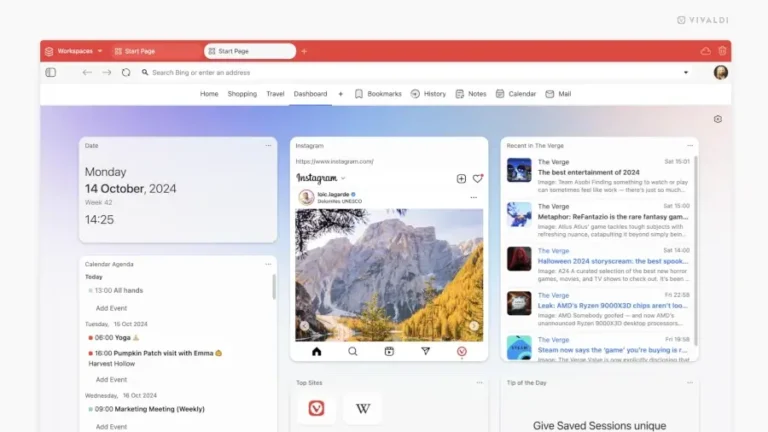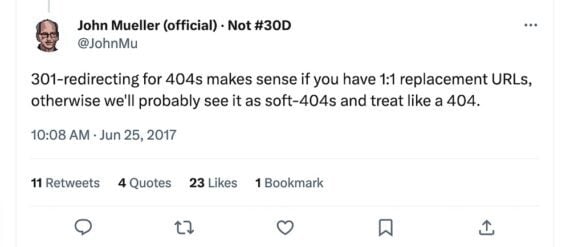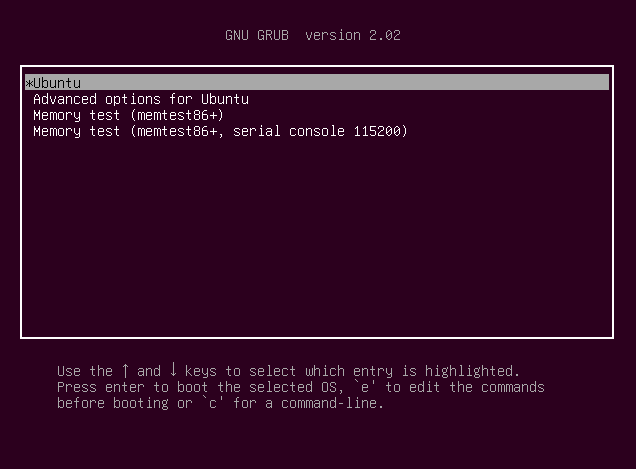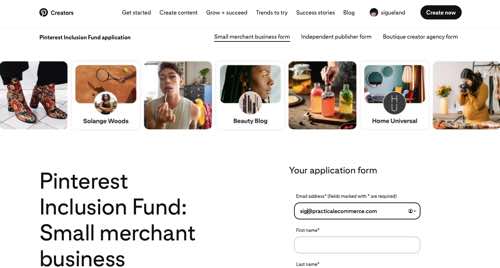Dynamic Search Ads have a long history of helping advertisers show for queries they haven’t bid on. Merchants with thousands of constantly changing products cannot realistically create ads for every item. DSAs fill this gap by allowing Google to crawl websites and display dynamic ads when they are relevant to a search query.
For instance, a merchant may bid on the keyword “window curtains” but not “blue rod pocket curtain panel,” as this query is specific and presumably has a low search volume.
I first addressed DSAs in 2021. They often attract unqualified traffic, regardless of how the campaigns are optimized. Google decides which queries trigger the ads, rather than advertisers selecting specific keywords. Fortunately, the cost-per-click for DSA campaigns is generally lower than traditional Search.
Lower CPCs enable more clicks for a given budget, ideally resulting in more conversions and revenue. While DSA campaigns may not be as efficient as Search, they can nonetheless generate conversions unavailable through other channels.
Versatile DSAs
Utilizing DSAs to focus on the depth of product pages is essential. However, there is another strategy that can lead to both short- and long-term success. By targeting blog and resource pages, we can drive top-of-funnel traffic. The approach can garner newsletter and other soft conversions to nurture potential buyers.
A Wayfair DSA campaign, for example, could promote its inventory of household sinks and target pages with “sinks” (or equivalent) in the URL.
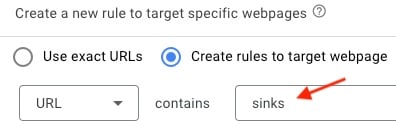
A Wayfair DSA campaign could target pages with “sinks” (or equivalent) in the URL.
But Wayfair publishes additional sink-related content beyond product detail pages. Its “Ideas & Advice” section answers common questions and includes articles on different types of sinks. Users in research mode could find the articles extremely valuable. Hence Wayfair should consider a separate campaign to promote that content.
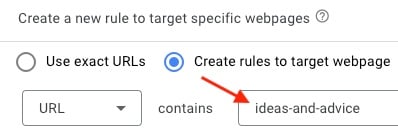
A campaign targeting pages containing an “ideas-and-advice” keyword could promote blogs and similar informational sections.
The original DSA campaign targeting “sinks” in the URL required a negative target for any pages containing “ideas and advice” in the URL. This tells Google not to direct traffic to those informational article pages in the product-based campaign. The goal is to ensure that informational queries only lead to the articles. It’s crucial for any DSA campaign to monitor the search query report for appropriate negative keywords.
Informational queries do not have buying intent, but the articles and guides should direct searchers to the next steps. Wayfair’s pages include links to other resources and product pages (for purchase). For example, a Wayfair article titled “What Is a Drop-In Sink?” describes the materials and links to product pages of stainless steel and porcelain sinks.
Furthermore, visitors landing on article pages are retargeting candidates. Having provided those visitors with helpful info, an advertiser can convert them to customers via retargeting ads. That’s why blog pages should include a newsletter signup call-to-action. Upload email lists to Google and then target those subscribers.
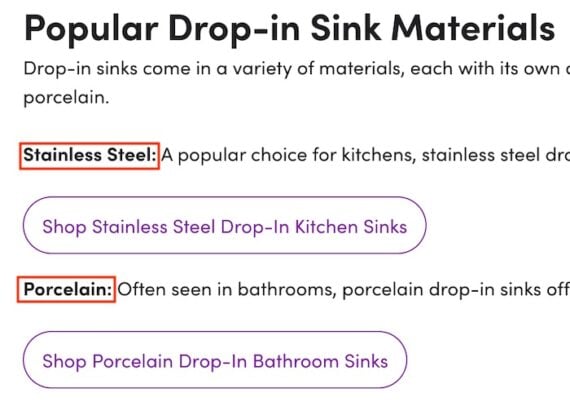
Wayfair’s article “What Is a Drop-In Sink?” links to product pages of stainless steel and porcelain sinks.
Thinking Ahead
Advertisers must find new strategies when search saturation occurs. One effective tactic is to target broader informational queries. Display and programmatic ads, while essential for brand growth, do not typically deliver strong initial returns. Combining informational DSA campaigns, landing page newsletter CTAs, and focused remarketing can drive additional revenue.


